Pencil on paper, signed lower right.
49 x 35 cm
Provenance:
René Gruau Estate
René Gruau, elegance in pen stroke
René Gruau was born in Rimini in 1909. He wanted to be an architect, but at a fairly young age he had to earn his own living. Through a maternal acquaintance, he published his first fashion drawings at the age of 15 in the Milanese magazine Lidel. He began fashion drawing as a true autodidact, a practice he devoted himself to for several years. He moved to Paris in 1928 and began working for magazines such as Le Figaro and the hat magazine Marianne. It was at this time that he met another young fashion designer, none other than Christian Dior, with whom he became friends. Collaborations with women's magazines multiplied: Gruau illustrated Vogue, Fémina, Marie-Claire, Silhouettes, L'Officiel de la couture, among others. He designed the sumptuous models of Balenciaga, Fath, Piguet, Givenchy, Molyneux, Rochas, etc. During the Second World War, Gruau, who was not mobilized, ended up going to Cannes where some of the haute couture houses continued their production as best they could. Marie-Claire still commissioned him for illustrations. Back in Paris at the end of the conflict, René Gruau met up with Dior, who was about to launch his own fashion house, as well as his friend, the couturier Jacques Fath, who held numerous balls at his château in Corbeville. In 1948, Gruau tried the American experience: he went to work for Harper's Bazaar and, in the process, agreed to be the exclusive illustrator for the new magazine Flair, which had just been created by Fleur Cowles. However, he decided to return to France, having little interest in the working methods across the Atlantic. This was because he was fiercely determined to maintain his creative autonomy. The year 1947 marked the beginning of a long collaboration with the house of Dior, which would continue well after the death of its founder, until the mid-1980s. René Gruau was responsible for advertising the brand's first perfume, Miss Dior, and ten other perfume creations would follow, including Diorama, Diorissimo and Eau Sauvage. The brand, which was gaining momentum, also offered lingerie, cosmetics, etc. Dior gave Gruau carte blanche, allowing him the greatest artistic freedom in his advertising creations, a particularly stimulating exercise in which the artist fully flourished. This is how Grau came to advertising, which would become increasingly present in his work, as fashion magazines increasingly gave prominence to photography. He created numerous campaigns in the fields of perfumery, fashion and cosmetics, constantly reinventing French elegance. The advertising drawings for Rouge Baiser have left a lasting impression, but Gruau also designed several advertising posters for perfumes and cosmetics by Balmain, Jacques Griffe, Lucien Lelong, Jacques Fath, Elizabeth Arden, Payot, Peggy Sage, Givenchy… for Scandale lingerie, the Bemberg, Dormeuil and Ortalion firms, Noveltex shirts, Pellet shoes… It was again Gruau who, for several seasons, was responsible for embodying the campaigns for the legendary Parisian cabarets the Lido and the Moulin Rouge. His vision is thus disseminated to a wider audience than that of fashion magazines, and advertising offers him a less restrictive framework, where he is not forced to faithfully reproduce the defined model of a designer. Alongside this intense advertising activity, René Gruau continues to draw for certain fashion magazines such as International Textiles or Sir. Gruau's work is infinitely rich, his sovereign line accompanies the representation of women for nearly sixty years. A witness of his time, Gruau has also visually marked several generations with his timeless work. At the end of his life, he developed a personal pictorial production, which moves away from the feminine domain that he spent his career glorifying.
Discover more works by this artist on the gallery's website: https://www.galeriepentcheff.fr/fr/peintre-rene-gruau#Oeuvres





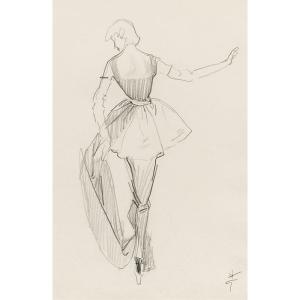





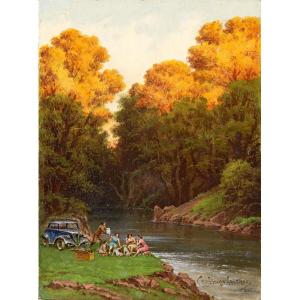


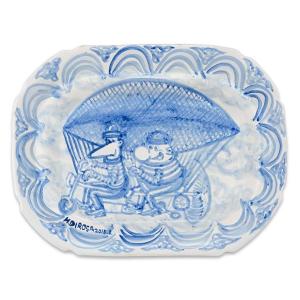

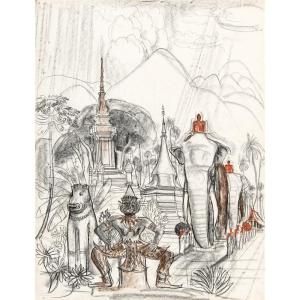
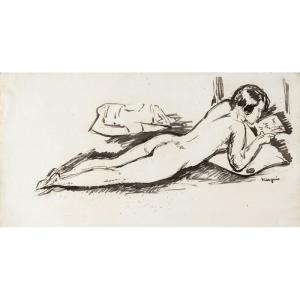

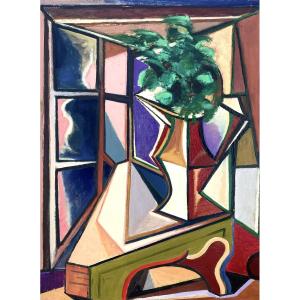





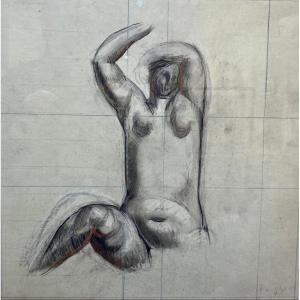

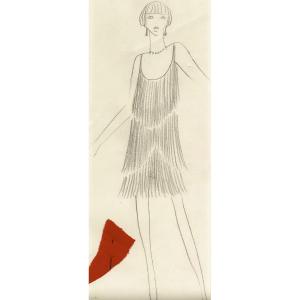




 Le Magazine de PROANTIC
Le Magazine de PROANTIC TRÉSORS Magazine
TRÉSORS Magazine Rivista Artiquariato
Rivista Artiquariato